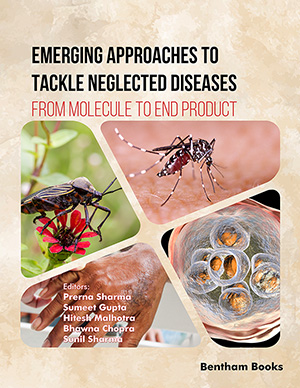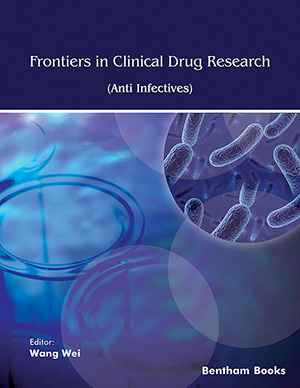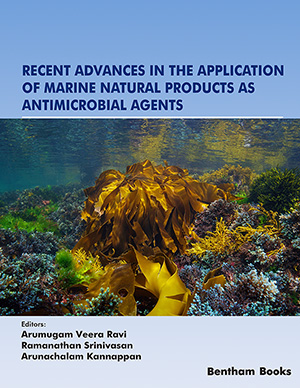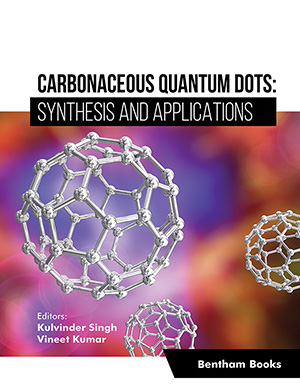
Abstract
Introduction: In the present study, profiling of the cultured Chlorella vulgaris metabolome was carried out via1H NMR metabolite profiling of 6 different solvent extracts. The results indicated that the six solvent extracts have metabolite profiles that are clearly different from each other.
Methods: Multivariate data analysis (MVA) reveals that ethyl acetate and ethanol extracts were well separated from the aqueous extract by PC1 while being well separated from each other by PC2. The same observations were seen with chloroform and 50% ethanol extracts. In contrast, the chemical shift signals for hexane extract clusters in-between that of chloroform and 50% ethanol, indicated that they have similar chemical profiles. Using partial least square discriminative analysis (PLS-DA), compounds responsible for the group separation were identified from the loading plot. Detailed examination of the loading plot shows that ethanol and ethyl acetate extracts contain significantly higher amounts of carotenoids, amino acids, vitamins and fatty acids. A total of 35 compounds were detected from the 6 different solvents upon which the ethanolic and ethyl acetate extracts were identified to contain more metabolites and in a wider range than the other organic solvent extracts.
Results: Hence, these two extracts would be more appropriate in metabolite extraction for analysis and for medicinal purposes. Therefore, NMR spectroscopy, in compliment with the right choice of solvent for extraction, could be utilized by relevant industries to evaluate and obtain maximum important metabolites in a shorter time.
Conclusion: In addition to possession of high diverse metabolites, the microalgae C. vulgaris could serve as an important functional food ingredient in the aquaculture industry and may possibly be considered as a source of biofuel.
Keywords: Chlorella vulgaris, functional food, biofuel, metabolome, pigments, multivariate analysis.
[http://dx.doi.org/10.1016/j.phytochem.2017.06.018] [PMID: 28697398]
[http://dx.doi.org/10.1525/elementa.267]
[http://dx.doi.org/10.1016/j.algal.2017.07.017]
[http://dx.doi.org/10.1016/j.jff.2011.07.001]
[http://dx.doi.org/10.1111/j.1753-4887.2004.tb00013.x] [PMID: 15622714]
[http://dx.doi.org/10.1016/j.jfoodeng.2011.05.044]
[http://dx.doi.org/10.1146/annurev-biochem-061516-044952] [PMID: 28654323]
[http://dx.doi.org/10.3390/md16050154] [PMID: 29735927]
[http://dx.doi.org/10.3390/fishes2010001]
[http://dx.doi.org/10.1016/j.biortech.2017.11.105] [PMID: 29227826]
[http://dx.doi.org/10.1016/j.anifeedsci.2006.03.007]
[http://dx.doi.org/10.1016/j.jbiosc.2013.10.024] [PMID: 24331982]
[http://dx.doi.org/10.1007/s10811-010-9569-8]
[http://dx.doi.org/10.1023/A:1009251714573]
[http://dx.doi.org/10.1016/j.phytochem.2004.01.019] [PMID: 15081285]
[http://dx.doi.org/10.1007/s11101-006-9031-3]
[http://dx.doi.org/10.1016/j.jpba.2017.09.018] [PMID: 28987995]
[http://dx.doi.org/10.1016/j.cep.2009.03.006]
[http://dx.doi.org/10.15406/mojfpt.2018.06.00144]
[http://dx.doi.org/10.1016/j.biortech.2017.07.141] [PMID: 28783567]
[http://dx.doi.org/10.1016/j.biortech.2017.02.099] [PMID: 28285215]
 29
29 2
2
























